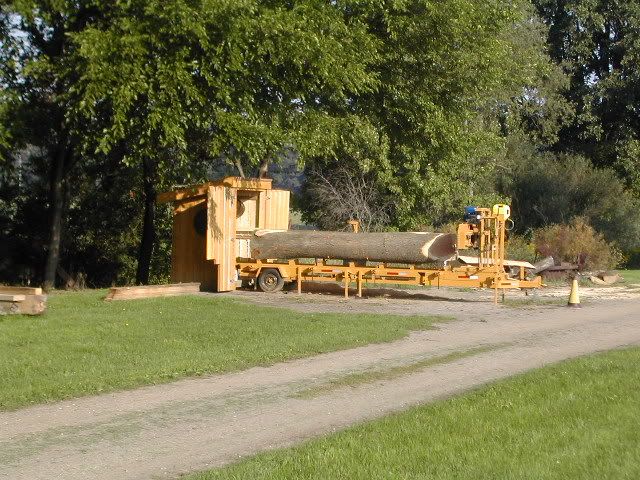Setting the "teeth" or using the more technical term "rakers" for efficient cutting has a bit more to it than most folk think. Fixed heights like 0.030 or 0.020" are OK when the chain is new but far from ideal when the chain becomes used. Instead of focussing on a fixed raker height operators should consider fixed raker angles, that's the angle between wood, cutter edge and raker top.
A very simple way to do this is to use a file-o-plate (FOP) or similar type guide but I find these are too wussy since the produce raker angles of around 4.5º whereas around 6 or more degrees works better.
A simple way to work out what raker height to set to obtain a raker angle of 6º is to measure the cutter gullet with a set of calipers and then use 1/10th of that as the raker depth. for a new 3/8 chain the gullet is typically 0.25" so using 0.025" raker depth makes sense but when the cutter is old the gullet might be 0.5" so to maintain the same cutting angle a raker height of 0.05" needs to be used.
For a more geeky an technical discussion about raker angles and FOPs see
here.
FWIW I use 6.5º raker angles on most of my chains.


























































